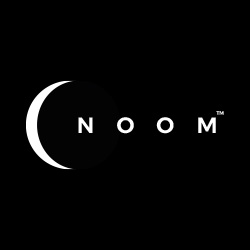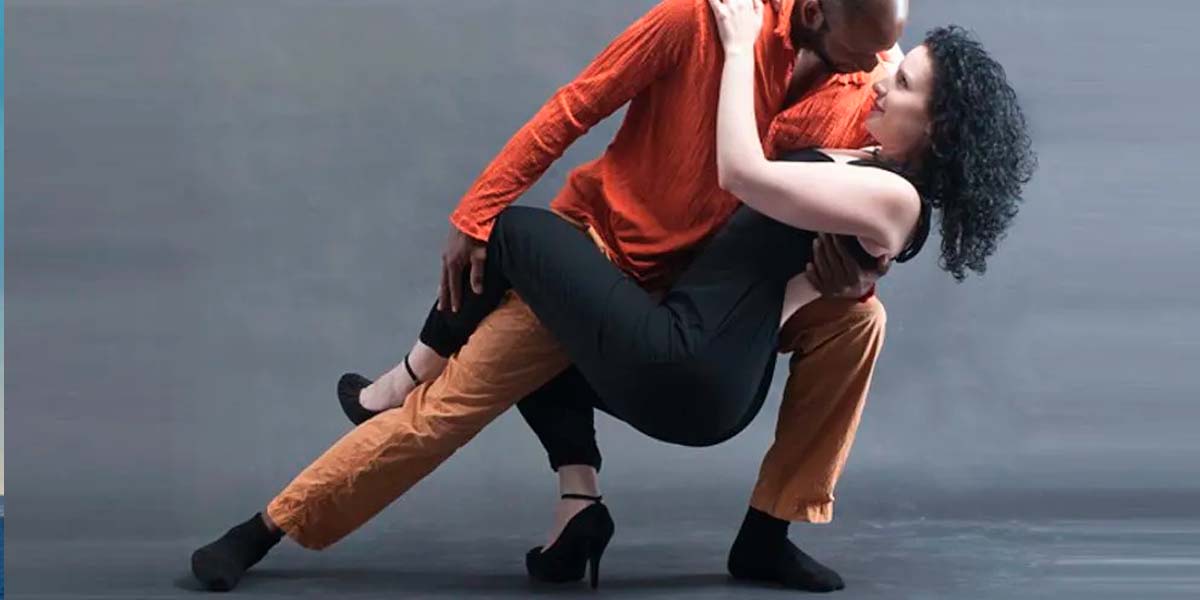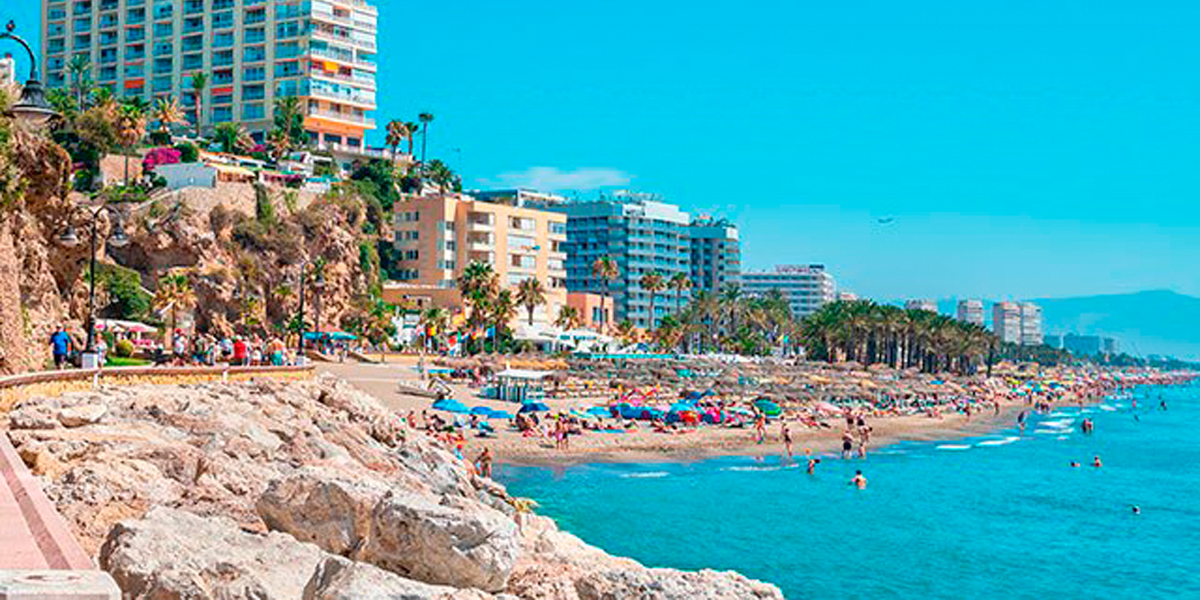Kompa (or Compas) is a musical genre and dance style originating in Haiti in the 1950s. Created by the legendary Haitian musician Nemours Jean-Baptiste, Kompa is a fusion of Haitian méringue with modern rhythms. It was influenced by Cuban music, jazz, and African beats, giving it a rich, syncopated rhythm. The music is known for its steady tempo and upbeat feel, driven by horns, guitars, and conga drums.
Key Features of Kompa
Kompa’s steady, rhythmic beat is at the heart of both its music and dance style. The dance is performed in pairs, with partners dancing close together and moving smoothly to the rhythm. Unlike other Caribbean dance forms, Kompa emphasizes fluid body movements, hip rotations, and connection between partners.
The lyrics of Kompa music often explore themes of love, social issues, and the Haitian experience, with a style that ranges from romantic ballads to upbeat, festive tunes. Over the years, Kompa has evolved to incorporate modern influences such as electronic beats and synthesizers, expanding its reach globally.
Global Influence and Popularity
While Kompa originated in Haiti, it has grown in popularity across the French-speaking Caribbean, including places like Martinique and Guadeloupe. Kompa has also gained a following in the Haitian diaspora, especially in the United States, Canada, and France. Over the decades, Kompa has influenced other music genres, including Zouk, and continues to evolve with contemporary trends while maintaining its Haitian roots.








Leave a Reply